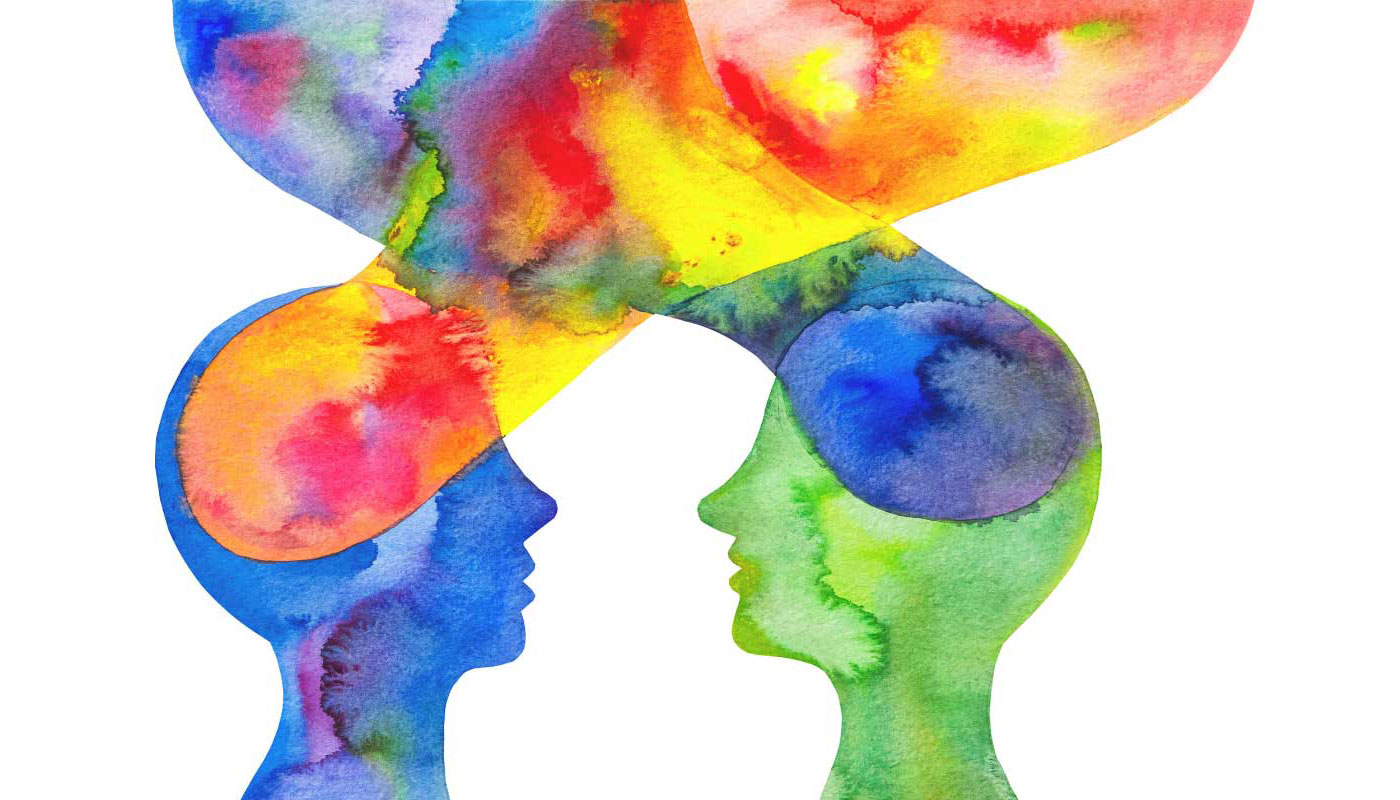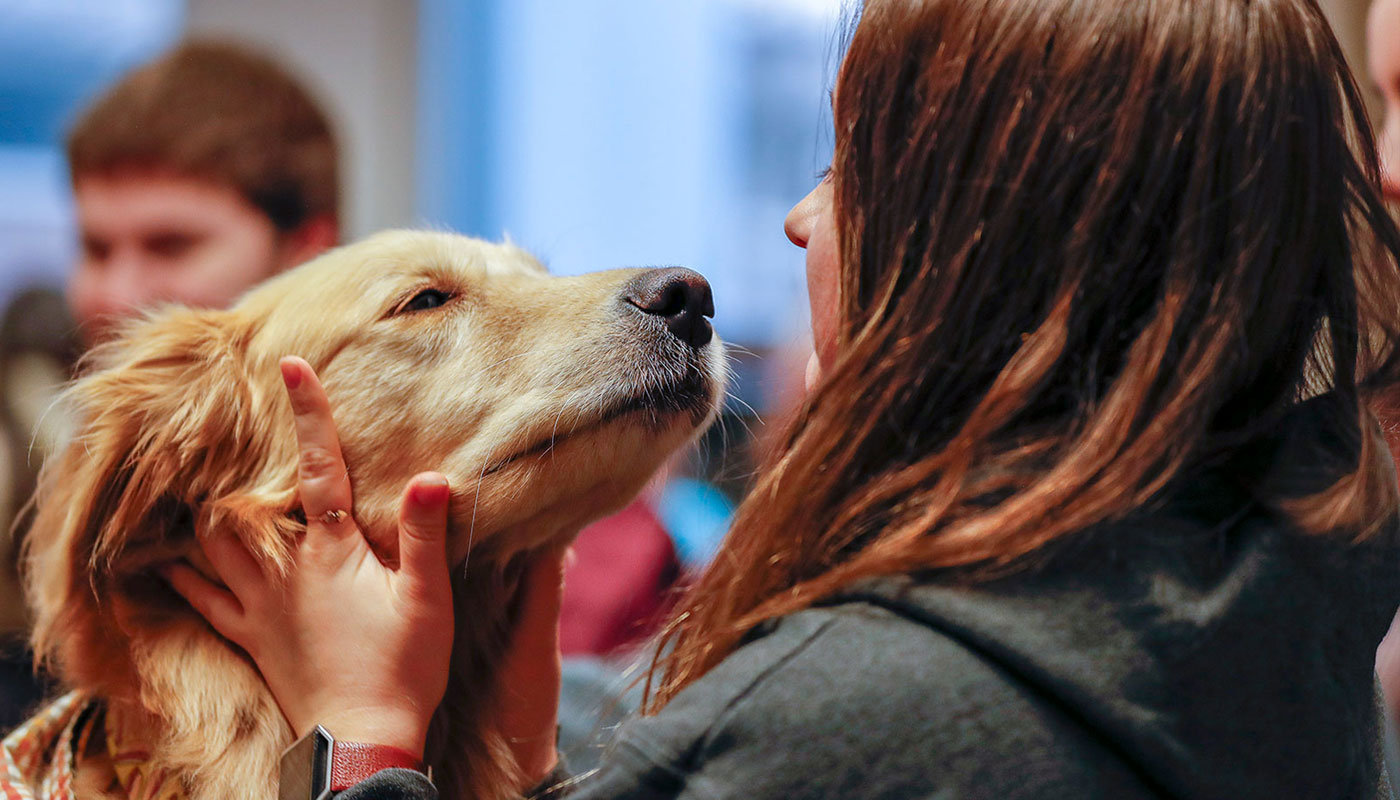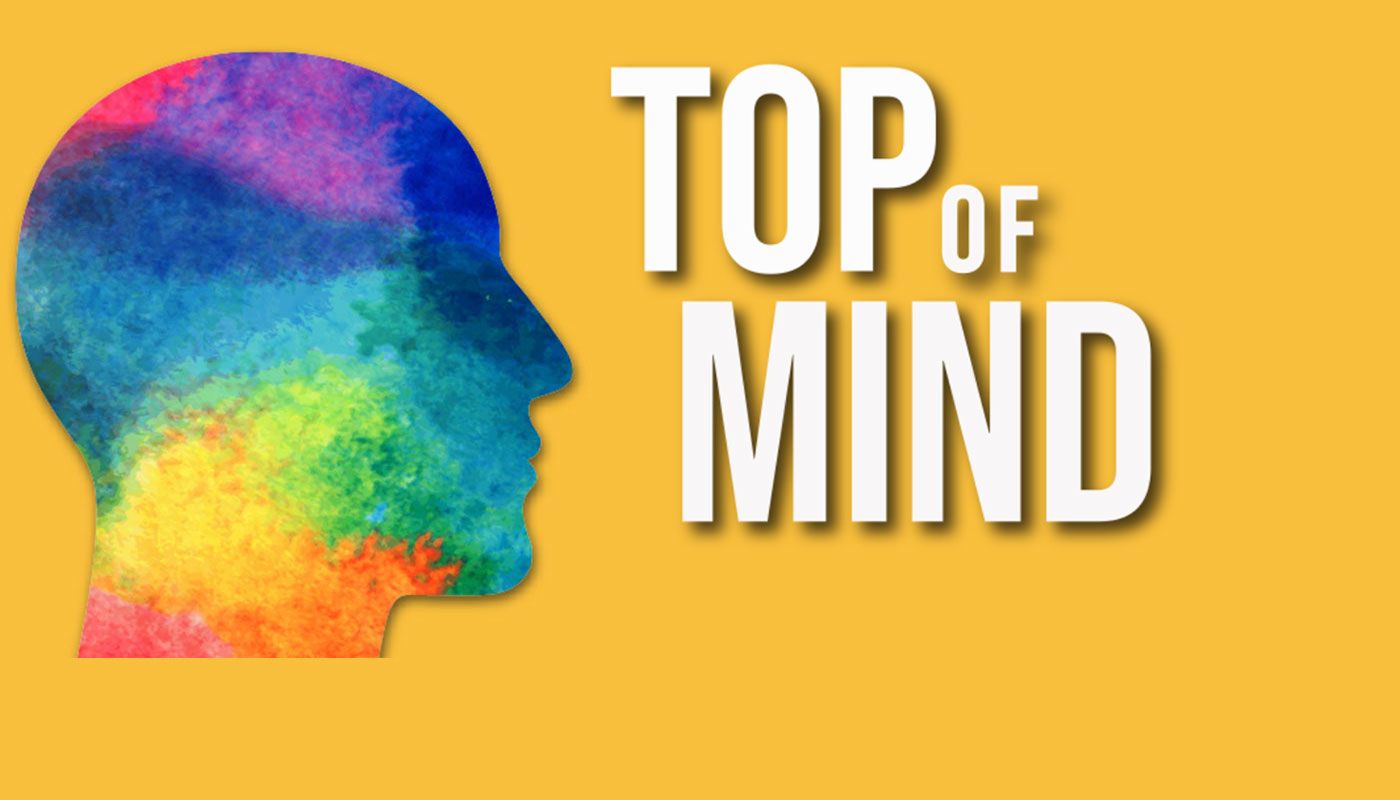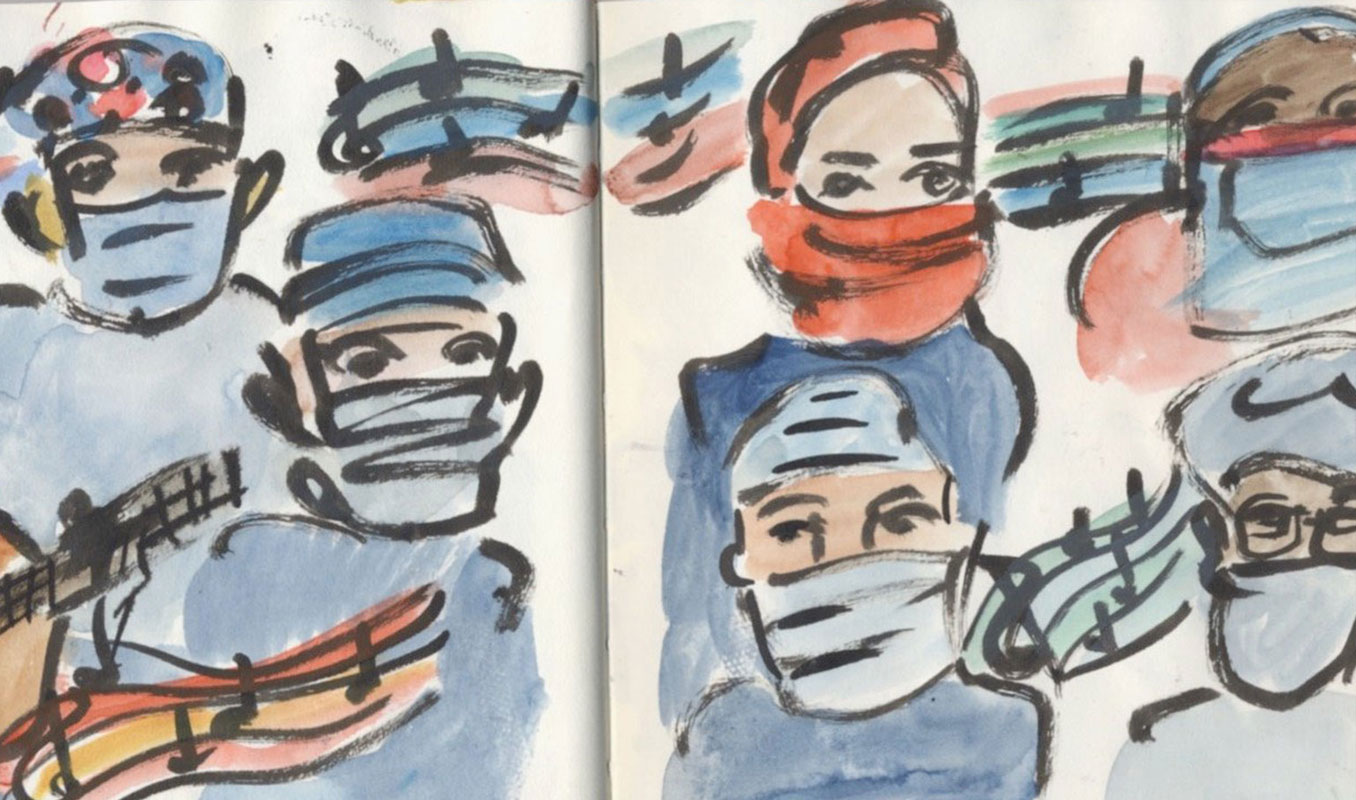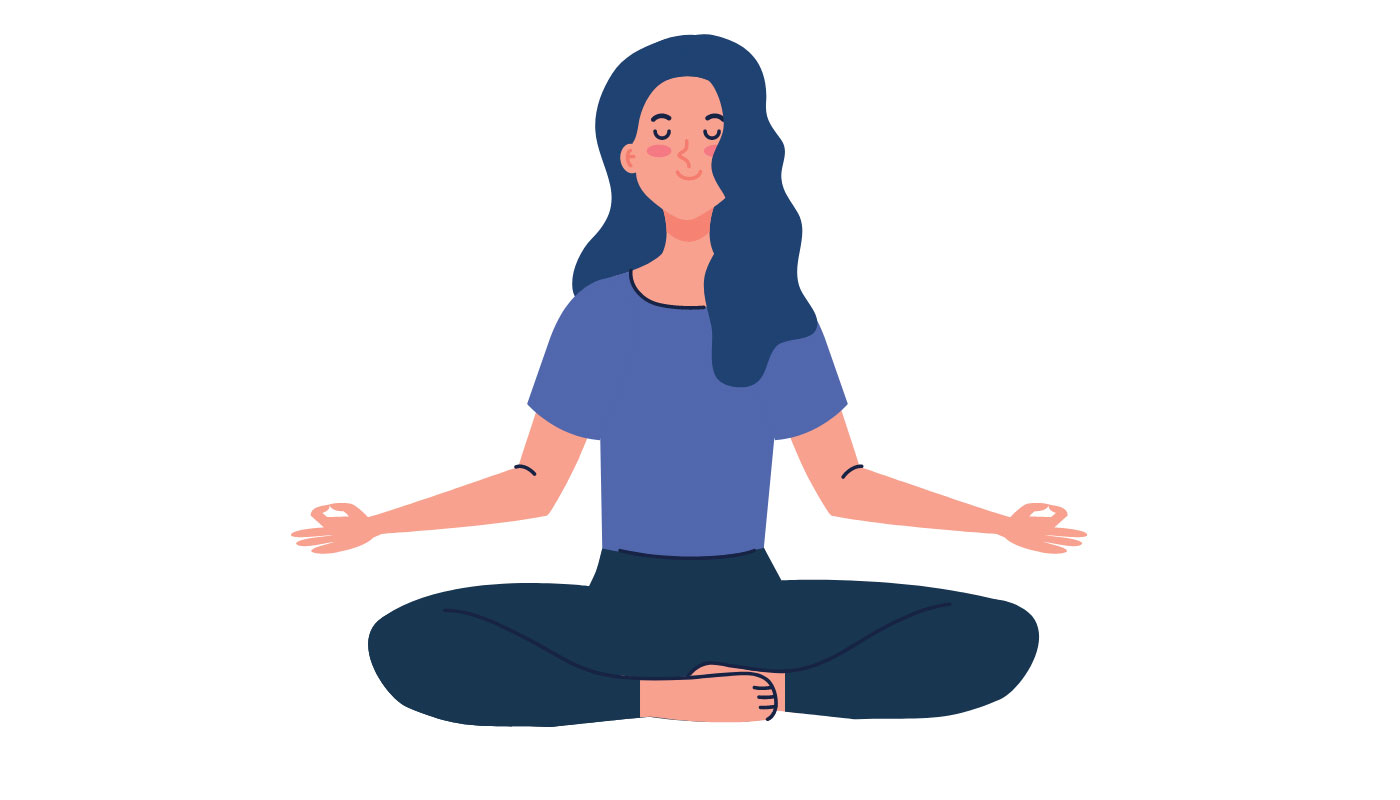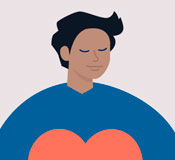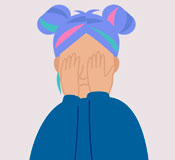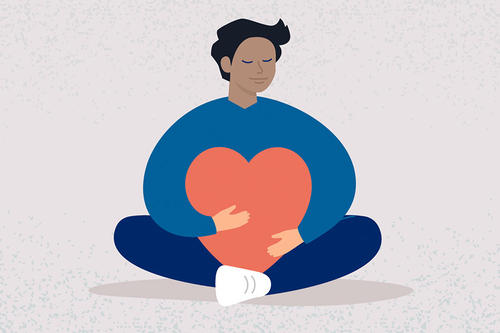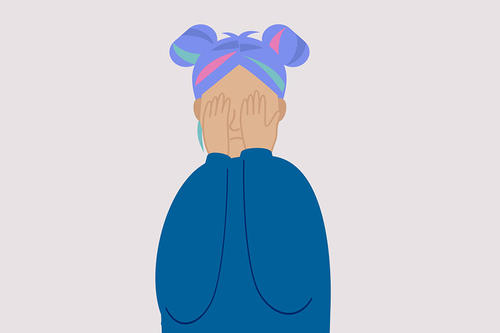Light after the long, dark winter
Despite the early warnings from Michael Osterholm to the contrary, very few of us could have imagined in March 2020 that our lives (and sometimes livelihoods) would veer off track so dramatically, and for so long. Osterholm, of course, is a professor in the U of M’s School of Public Health, the director of the Center for Infectious Disease Research and Policy, and one of the most interviewed experts throughout the COVID-19 pandemic.
Despite the early warnings from Michael Osterholm to the contrary, very few of us could have imagined in March 2020 that our lives (and sometimes livelihoods) would veer off track so dramatically, and for so long. Osterholm, of course, is a professor in the U of M’s School of Public Health, the director of the Center for Infectious Disease Research and Policy, and one of the most interviewed experts throughout the COVID-19 pandemic.
But now, a year and change later, we’re slowly emerging from our cocoons. For University of Minnesota students, the best news may have come in early March, with the announcement that all five system campuses are planning to return to fully on-campus operations this fall.
College life post-pandemic promises a sense of liberation, but the toll on mental health remains to be seen. Hanson says that staff at Boynton are in the midst of the next round of surveys to help bring that to light.
I think that one of the things that our students have shown us is that despite this challenge, they are unbelievably resilient, resourceful, even gritty.
—Joan Gabel
He suspects that students from families who were more financially secure and whose jobs were unaffected have fared better than those in families with essential workers or that experienced job loss. “I think students from those two groups were differentially impacted by the pandemic, just as you’d imagine,” says Hanson.
Rich has seen and heard about negative coping behaviors among students over the past year, notably an uptick in alcohol consumption. But she’s also become aware of very positive and even surprising new behaviors.
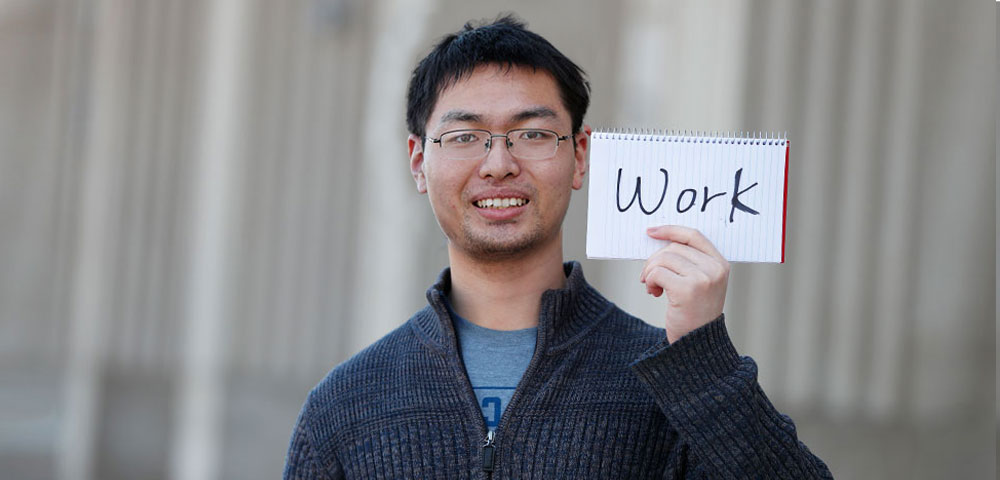
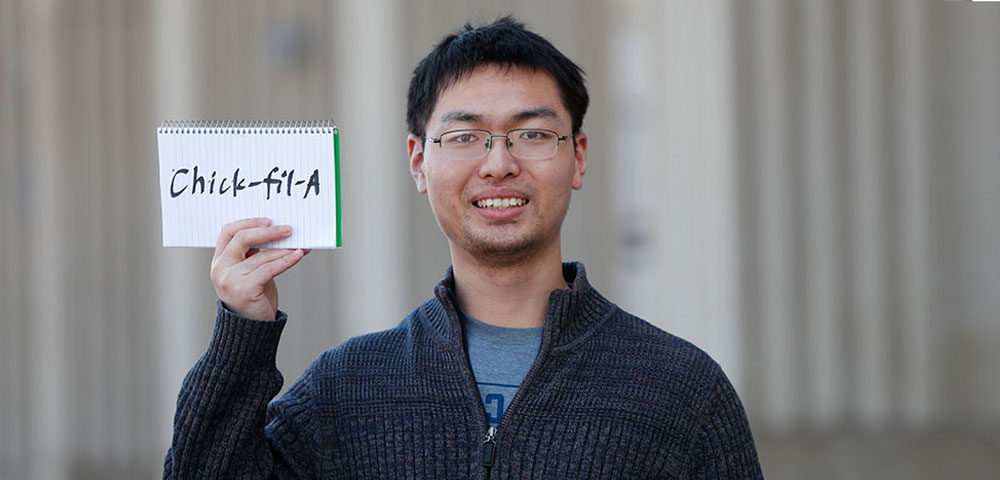
“I’ve seen a lot of people shut down their social media (like deleting Snapchat and Facebook and Instagram), which for our generation is actually kind of a big decision,” she says. “I’ve noticed that being very, very common as a coping mechanism right now.”
I do think there’s been a lot of resilience with students,” says Hanson. But “living through the struggle is where resilience comes from. Resilience is a growth process, and we’re not quite there yet.”
Not there yet, to be certain, but the glimmers of hope have grown to become beams of sunshine, thanks to the massive rollout of vaccines and the accompanying rollback of restrictions that have been frustrating, going on paralyzing, for so many U of M students, faculty, and staff.
Gabel is hopeful for the future, in large part because of what she’s witnessed over the past year.
“I think that one of the things that our students have shown us is that despite this challenge, they are unbelievably resilient, resourceful, even gritty,” she says. “That this does not stop them. And so if it doesn’t stop them it certainly shouldn’t stop us. And one of the things that I’ve really seen about this community is that no one wants for it to stop us. That our faculty, staff, and students are lining up to try to be a part of the solution.”
